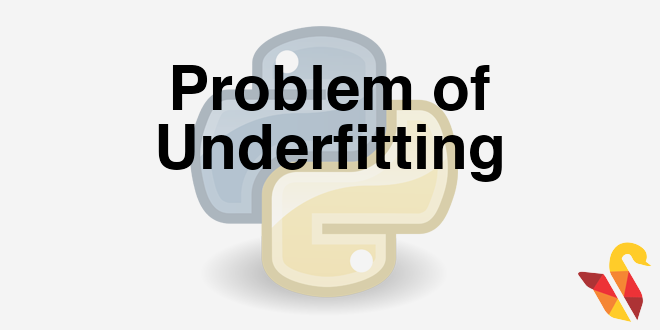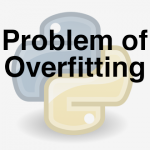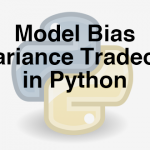
Link to the previous post: https://statinfer.com/204-4-7-problem-of-overfitting/
The Problem of Under-fitting
- Simple models are better. It’s true but is that always true? May not be always true.
- We might have given it up too early. Did we really capture all the information?
- Did we do enough research and future re-engineering to fit the best model? Is it the best model that can be fit on this data?
- By being over cautious about variance in the parameters, we might miss out on some patterns in the data.
- Model need to be complicated enough to capture all the information present.
- If the training error itself is high, how can we be so sure about the model performance on unknown data?
- Most of the accuracy and error measuring statistics give us a clear idea on training error, this is one advantage of under fitting, we can identify it confidently.
- Under fitting
- A model that is too simple
- A mode with a scope for improvement
- A model with lot of bias
Practice : Model with huge Bias
- Lets simplify the model.
- Take the high variance model and prune it.
- Make it as simple as possible.
- Find the training error and validation error.
Solution
In [22]:
#We can prune the tree by changing the parameters
tree_bias = tree.DecisionTreeClassifier(criterion='gini',
splitter='best',
max_depth=10,
min_samples_split=30,
min_samples_leaf=30,
max_leaf_nodes=20)
tree_bias.fit(X_train,y_train)
Out[22]:
In [23]:
#Training accuracy
tree_bias.score(X_train,y_train)
Out[23]:
In [24]:
#Lets prune the tree further. Lets oversimplyfy the model
tree_bias1 = tree.DecisionTreeClassifier(criterion='gini',
splitter='random',
max_depth=1,
min_samples_split=100,
min_samples_leaf=100,
max_leaf_nodes=2)
tree_bias1.fit(X_train,y_train)
Out[24]:
In [25]:
#Training Accuracy of new model
tree_bias1.score(X_train,y_train)
Out[25]:
In [26]:
#Validation accuracy on test data
tree_bias1.score(X_test,y_test)
Out[26]:




